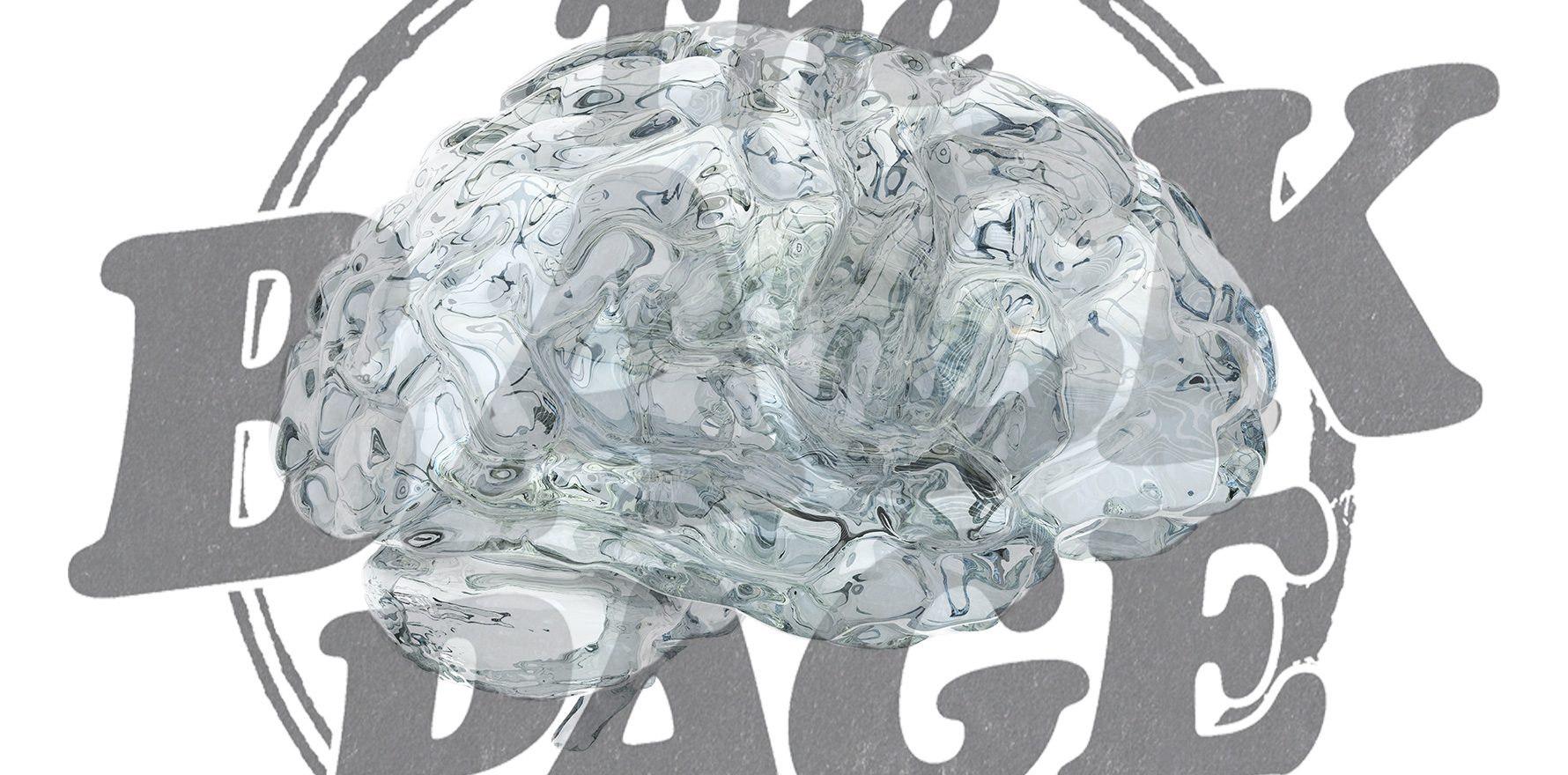There’s only one case in the world to date.
Once I was on hols and there was a blast
Soon found out had a brain of glass …
You’re right, it’s a lot less catchy – but unlike the original it’s literally true.
One of the poor sods in Herculaneum during that fateful summer of AD79 (they still can’t agree on an exact date) suffered the particularly unusual fate of brain vitrification.
The authors of this Nature Scientific Reports article set out to determine the mechanism for this extremely unusual event, claiming it as “the only such occurrence on Earth”.
The Back Page certainly didn’t know this was a thing that could happen to a brain, except in the highly controlled context of cryopreservation – and it probably came as quite a surprise to the victim, too, thanks to the speed at which it must have happened.
He was a young man of around 20, thought to have been a guard at the Collegium Augustalium, a public building dedicated to the worship of Emperor Augustus, on the main street of Herculaneum. (So the bit about being “on hols” isn’t strictly true.)
He died in his bed, and in his skull was found many centuries later a “black and shiny, obsidian-like” object containing preserved proteins common in brain tissue as well as “exceptionally well-preserved complex networks of neurons, axons, and other neural structures” revealed by scanning electron microscope.
The puzzle is that the pyroclastic flow is known to have reached temperatures in the 400s Celsius, both hot enough to destroy soft tissues and not hot enough for vitrification, and without the rapid cooling or “quenching” needed to prevent the contents of cells from crystallising.
After a series of analyses the team infers that our young man succumbed to “a short-lived transient passage of a detached very dilute ash cloud surge with internal temperature well above 510C” followed by very rapid cooling. The thick bones of the skull would have been enough to protect the grey matter from “complete devolatilisation”, as happened to the victims found at the beach and in the suburbs of the city.
“Therefore, we reconstruct a scenario where a fast, very hot ash cloud was the first deadly event during the 79CE Vesuvius eruption, enveloping victims, including the guardian who was subject to the specific conditions for heating the brain at temperatures well above 510C without the (total) destruction of the cerebral tissue. As the ash cloud dissipated … the temperature immediately returned to ambient conditions, inducing cooling … The brain then turned into glass during the fast cooling at glass transition temperature close to 510C. Later … Herculaneum was progressively buried by thick pyroclastic flow deposits, but at lower temperatures, so that the unique presence of a vitrified brain could have been preserved until today.”
The good news for those wishing summer would take a hike is that even our recent heatwaves aren’t sufficient to vitrify your brain.
Send piping hot story tips to penny@medicalrepublic.com.au.


